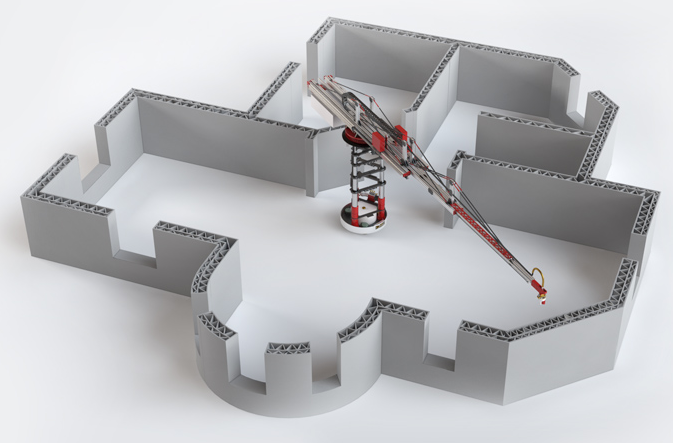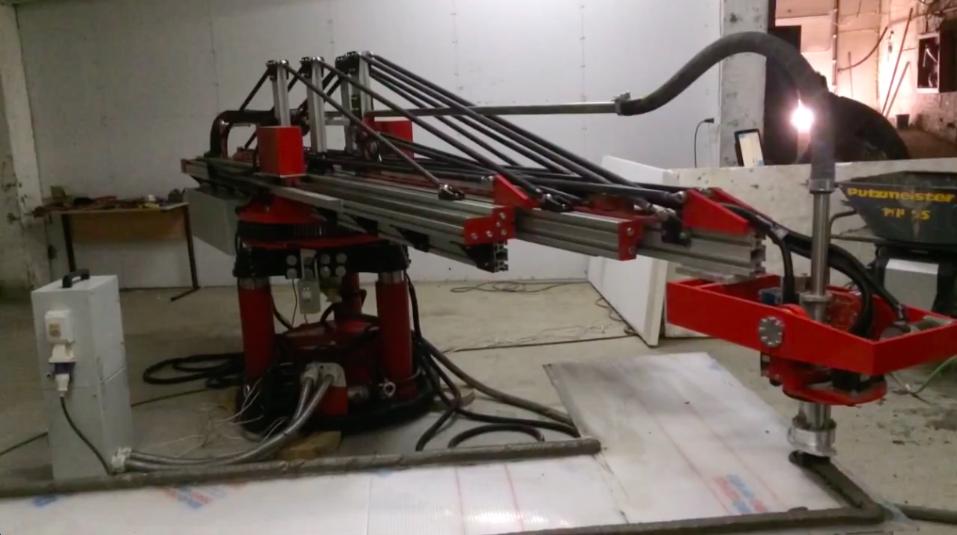 At first glimpse, the world of 3D printing does seem magical, as do the projections for the future. This includes every level, from manufacturing to the desktop. It would seem that one day, thanks to many thousands of innovators creating and competing around the world, there will be a 3D printer and a material for meeting our every personal and very customized need. With new processes in manufacturing and production that offer greater quality, speed, and affordability, our lives will become different–and better–due to greater efficiency and the ability to be more independent and self-sustainable. And the bottom line is, we will do a lot less waiting.
At first glimpse, the world of 3D printing does seem magical, as do the projections for the future. This includes every level, from manufacturing to the desktop. It would seem that one day, thanks to many thousands of innovators creating and competing around the world, there will be a 3D printer and a material for meeting our every personal and very customized need. With new processes in manufacturing and production that offer greater quality, speed, and affordability, our lives will become different–and better–due to greater efficiency and the ability to be more independent and self-sustainable. And the bottom line is, we will do a lot less waiting.
In terms of the revolution that is and will be further occurring due to 3D printing, construction is almost always included. Components can be made with greater complexity, less waste, and are more environmentally friendly all around. Parts cost less and less human labor is required.
 So while we’ve got the smaller parts down, what about this business of building entire houses and buildings? So far, that’s been a fairly conceptual endeavor. While we’ve heard a lot on the progress of industrial printers like the WASP Delta 3 printer, which is meant to be the catalyst for providing affordable, self-sustainable housing to developing countries, we haven’t seen a lot of actual product yet. But of course this equipment and the subsequent buildings are not something that can be created overnight. Or…can they? According to Russian engineer Nikita Chen-yun-tai, his compact Apis Cor can 3D print a building in one day, allowing the homes of tomorrow to be built today.
So while we’ve got the smaller parts down, what about this business of building entire houses and buildings? So far, that’s been a fairly conceptual endeavor. While we’ve heard a lot on the progress of industrial printers like the WASP Delta 3 printer, which is meant to be the catalyst for providing affordable, self-sustainable housing to developing countries, we haven’t seen a lot of actual product yet. But of course this equipment and the subsequent buildings are not something that can be created overnight. Or…can they? According to Russian engineer Nikita Chen-yun-tai, his compact Apis Cor can 3D print a building in one day, allowing the homes of tomorrow to be built today.
With the goal of creating a 3D printer that is more effective yet less cumbersome, Chen-yun-tai endeavored to make a 3D printer that can fabricate materials while on nearly any surface–and most of all, can be transported without a huge amount of fuss. In avoiding the ‘massive bulk’ of most construction 3D printers, the Apis Cor can be moved from place to place easily in the construction of buildings with ‘low to medium’ numbers of stories. No special considerations, other than a truck, are required for transportation of the Apis Cor, taking another headache out of the equation.
With incredible speeds, houses are able to be printed layer by layer in a 24-hour period due to its unique commercial extruder which rotates in two planes.
“This printer doesn’t have any massive and hard-to-install railings, on which it could move around the site, yet even that doesn’t limit its possibilities–from a single point of construction it can build up to 192 square meters of lodging with almost no limitations in height. Ecologists may also feel quite enthusiastic about this machine, as it doesn’t leave any construction waste and consumes only eight kilowatts of energy–as much as five working teapots,” says the team, going on to state that multiple investors are already interested in the Apis Cor due to its obvious potential, as well as its environmentally-friendly features.
 The Apis Cor offers the following:
The Apis Cor offers the following:
- Large printing zone of up to 630 square feet with virtually no height limitation
- Two plane printing due to rotating extruder that prints sloping walls horizontally and vertically
- Easy assembly, in less than 30 minutes
- Low energy consumption
- No construction waste
- Huge savings on labor
Referred to as a mobile 3D printer, companies using the Apis Cor are able to not only 3D print buildings but they can do it simply. Numerous jobs that might even normally have safety and environmental hazards can be performed by the Apis Cor as well as eliminating error. The reality of entire buildings being constructed in one day would be mindblowing in urban areas alone, but just imagine the real impact for developing countries. The Apis Cor could literally change people’s lives in a day.
Offering the ability to save up to 70 percent of frame construction costs in comparison to traditional processes, this machine undoubtedly will be catching the eye not only of many investors but companies who want to give it a try.
Is 3D Printing the future of construction? What are your thoughts? Let us know in the Compact Apis Cor 3D Printer forum thread on 3DPB.com. Check out the Apis Cor concept in the video below:
Subscribe to Our Email Newsletter
Stay up-to-date on all the latest news from the 3D printing industry and receive information and offers from third party vendors.
You May Also Like
3D Printing News Briefs, April 13, 2024: Robotics, Orthotics, & Hypersonics
In 3D Printing News Briefs today, we’re focusing first on robotics, as Carnegie Mellon University’s new Robotics Innovation Center will house several community outreach programs, and Ugogo3D is now working...
Rail Giant Alstom Saves $15M with 3D Printing Automation Software 3D Spark
3D Spark has entered into a three-year deal with the rail giant Alstom. Alstom, a transport behemoth with annual revenues of $16 billion, specializes in the manufacture of trains, trams,...
Meltio Expands Global Reach with New Partnerships in the Americas and Europe
Spanish 3D printing manufacturer Meltio has expanded its sales network across the globe. With the addition of three new partners in the United States, Brazil, Argentina, and Italy, Meltio aims...
3D Printing Webinar and Event Roundup: April 7, 2024
Webinars and events in the 3D printing industry are picking back up this week! Sea-Air-Space is coming to Maryland, and SAE International is sponsoring a 3D Systems webinar about 3D...































